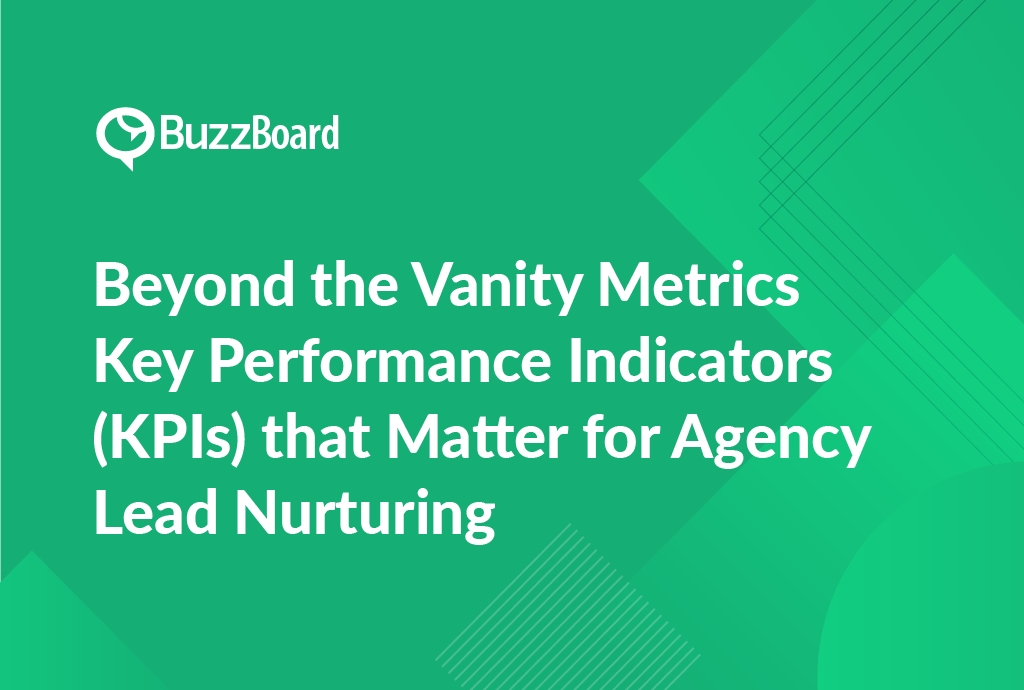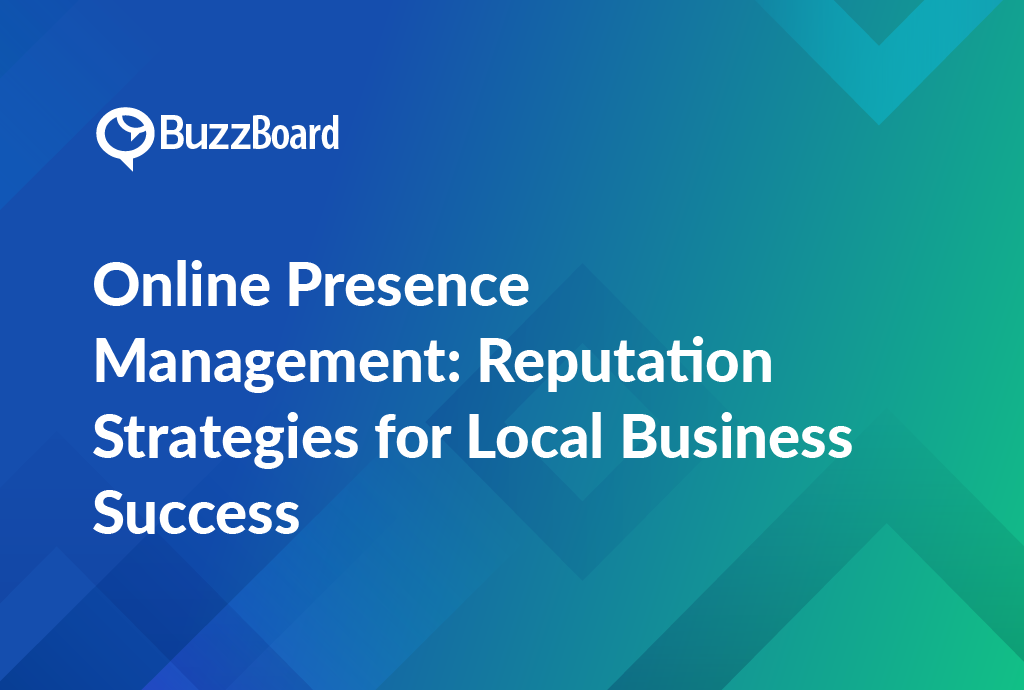Understanding the Importance of KPIs in Lead Nurturing for Digital Marketing Agencies
In the realm of digital marketing, Key Performance Indicators (KPIs) are critical for lead nurturing, helping agencies assess the effectiveness of their marketing strategies. To grasp the true significance of KPIs, we need to probe deeper into the dynamics of some of these metrics.
Client Acquisition Cost (CAC) is a vital KPI that measures the total cost involved in securing a customer, comprising money, time, and resources deployed in marketing and sales. This KPI allows agencies to assess the profitability of their client campaigns and fine-tune their marketing efforts by analyzing the actual cost of acquiring a client against the revenue they generate.
Another crucial KPI is the number of Marketing Qualified Leads (MQLs) an agency attracts. MQLs represent not just potential clients who have shown an interest in your services, but those who align with your target market values and could potentially convert into customers.
An additional metric of perennial significance in an agency’s marketing strategy is Client Lifetime Value (CLTV). This estimates the net profit an agency will make from a particular customer throughout their relationship. Identifying CLTV can aid agencies in balancing acquisition costs and client retention strategies.
Lead nurturing ROI involves the returns an agency gains from converting initial interest into actual sales. Simultaneously, marketing attribution provides agencies with a comprehensive perspective of the impact and value that each marketing touchpoint brings to a client’s journey, ensuring that marketing investments are effective.
Integrating these crucial KPIs is necessary for a comprehensive and insightful picture of your marketing efforts. By monitoring these metrics, agencies can ensure a positive lead nurturing ROI and implement a fruitful, revenue-generating strategy.
How Client Acquisition Cost (CAC) KPI Impacts Lead Nurturing Efforts in Agencies
The cost of client acquisition (CAC) is a key performance indicator (KPI) that significantly impacts lead nurturing initiatives at digital marketing agencies. It helps evaluate the benefit gained from marketing qualified leads (MQLs) and ascertain lead nurturing return on investment (ROI). By comprehending CAC, agencies can formulate strategic campaigns that effectively engage MQLs, steering them toward conversion and diminishing marketing costs.
CAC is calculated by dividing the total costs spent on acquiring new clients by the number of clients obtained. These costs include marketing campaigns, product demonstrations, sales calls, and others. A lower CAC generally indicates higher profitability.
Furthermore, a comprehensive understanding of CAC can empower agencies to assess client lifetime value (CLTV)—a projection of the total value a business will derive from a customer throughout their relationship. The CAC to CLTV ratio offers valuable insight into client profitability, assisting agencies in developing more targeted, cost-effective lead nurturing strategies.
The significance of marketing attribution for agencies cannot be overstated as it clarifies the value that each marketing touchpoint contributed to nurturing and converting a lead. By tracing conversions back to their original marketing source, agencies can better comprehend what works in their strategy, thereby informing the CAC and maximizing ROI.
Agencies must consistently utilize these KPIs for lead nurturing in their digital marketing strategies to achieve success. Explore these resources on mastering CAC and other important KPIs to enhance your endeavors.
Measuring the Success of Lead Nurturing Through Marketing Qualified Leads (MQLs) and ROI
Maximizing lead nurturing success is a vital strategy for digital marketing agencies. To do this effectively, one approach is to measure performance through marketing qualified leads (MQLs) and return on investment (ROI)—key indicators for lead nurturing in the digital marketing sector.
MQLs are individuals who have engaged with your marketing tactics hinting at their propensity to become customers. Monitoring the number and quality of MQLs helps measure the effectiveness of your lead nurturing strategies, underlining their marketing attribution for the agencies.
In tandem, analyzing the lead nurturing ROI gives a numerical overview of your marketing efforts’ success. By comparing the revenue from converted leads against the costs of nurturing these leads, you calculate the ROI. The goal is always to maximize this figure.
Furthermore, understanding the client acquisition cost (CAC) is essential. Simply put, CAC is the total cost to persuade a potential customer to buy a product or service—an important detail in ROI calculations. If the CAC is less than the client’s lifetime value (CLTV)—the forecasted revenue a client can bring throughout the entire business relationship, it affirms the effectiveness of your marketing efforts.
Combining and closely monitoring these metrics can lead to increased profits, efficient lead nurturing, and ensure growth.
Keep in mind, tracking these metrics isn’t an option; it’s a must for digital marketing agencies.
The Role of Client Lifetime Value (CLTV) in Evaluating the Effectiveness of Lead Nurturing Strategies
In the realm of digital marketing agencies, assessing the effectiveness of lead nurturing strategies is pivotal in achieving business objectives. A frequently used measure is the client lifetime value (CLTV), which assesses the total value a business could potentially gain from a single client over their lifetime.
CLTV is not solely about revenue but also ties in with the client acquisition cost (CAC). To accurately gauge your lead nurturing strategy’s effectiveness, it’s important to see how CAC stacks up against CLTV. If CLTV exceeds CAC, it indicates a profitable return on your marketing investment. However, if this is not the case, it’s time to reassess your lead nurturing approach.
Another vital metric for assessing your strategy’s success is the number of marketing qualified leads (MQLs) you’re generating. These are potential clients who have demonstrated an interest in your services and are likely to become high CLTV clients. An elevated lead nurturing ROI implies growing more MQLs with a higher likelihood for conversion.
Employing these KPIs for lead nurturing, businesses can gain a better understanding of their marketing attribution for agencies. This provides valuable insights about the true effectiveness of their marketing efforts. It allows businesses to make changes to content and strategies that make a significant difference.
Always remember, comprehending and implementing these metrics is crucial for long-term success in digital marketing. Ensuring your agency has effective lead nurturing strategies is an ongoing process of learning, improving, and adapting.
The Importance of Marketing Attribution in Analyzing and Enhancing Agency’s Lead Nurturing Process
Marketing attribution is a crucial concept for salespeople in digital marketing agencies that cater to small and local businesses. It is vital to understand its significance to enhance the agency’s lead nurturing processes.
Marketing attribution highlights the effect of individual marketing efforts on key performance indicators (KPIs) for lead nurturing. It provides a transparent view of how each marketing endeavor contributes to Clients Acquisition Cost (CAC). This allows for more strategic allocation of resources, which ultimately maximizes the Return on Investments (ROI) for lead nurturing activities.
The effectiveness of your lead nurturing strategy can be accurately measured using parameters, like Marketing Qualified Leads (MQLs) and Client Lifetime Value (CLTV). For instance, a surge in MQLs or an elevated CLTV may indicate successful lead nurturing endeavors. With marketing attribution, these indicators aren’t just figures but tools to comprehend the efficiency of your marketing initiatives.
Marketing attribution for agencies can further enhance the quality of leads, fostering better conversion and nurturing. It offers insights into valuable leads and effective engagement methods. Consequently, this results in a significant increase in lead nurturing ROI.








